Advice needed, please... (Too much peat moss?)
TreeSoakedBlue
9 years ago
Related Stories
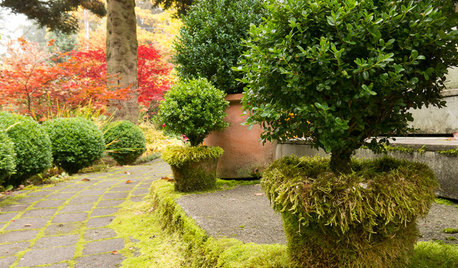
LANDSCAPE DESIGNEvoke Mystery and History With Moss in the Garden
Go ahead, lie about age. Moss on garden statues, planters and pavers creates the beautifully deceptive look of time’s passing
Full Story
HOUSEPLANTSBaby Tears Mimics Moss for a Green Accent Indoors
This adaptable spreader thrives in water or soil, making it a terrific addition to containers and living walls
Full Story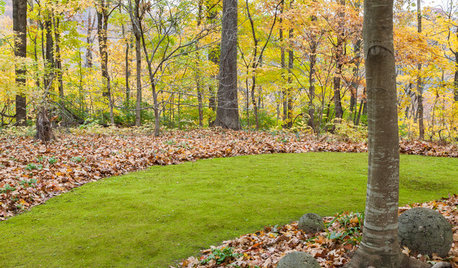
LANDSCAPE DESIGNMoss: Nature’s Carpet for the Garden
Learn how to grow and use this ancient and mysterious natural wonder for delightful texture in the landscape
Full Story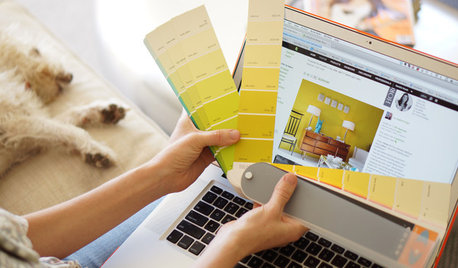
WORKING WITH PROSWorking With Pros: When You Just Need a Little Design Guidance
Save money with a design consultation for the big picture or specific details
Full Story
LANDSCAPE DESIGN7 Low-Maintenance Lawn Alternatives
Turf isn't the only ground cover in town. Get a lush no-grass lawn with clover, moss and other easy-care plants
Full Story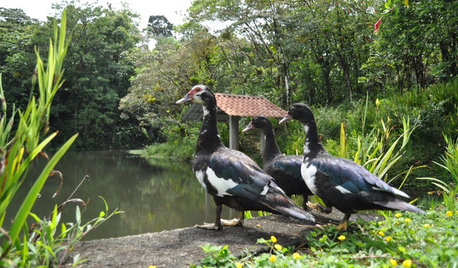
LIFEYou Said It: ‘The Birds Will Thank You’ and More Houzz Quotables
Design advice, inspiration and observations that struck a chord this week
Full Story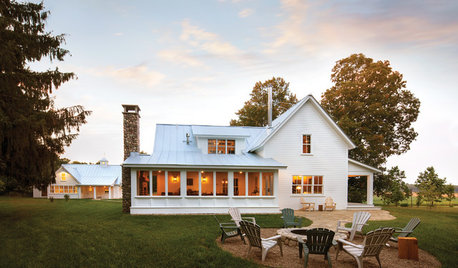
You Said It: ‘Jump in a Lake’ and Other Houzz Quotables
Design advice, inspiration and observations that struck a chord this week
Full Story
REMODELING GUIDES15 Ways to Design an Easy-Clean Home
Spend more time doing what you love with these pointers for minimizing cleaning needs throughout the entire house
Full Story
CONTAINER GARDENS3 Steps to Creating Quick, Easy and Colorful Succulent Containers
Take a bright container, add a colorful succulent or two and have a professional, summery design in minutes
Full Story
LIFEYou Said It: ‘Put It Back’ If It Won’t Help Your House, and More Wisdom
Highlights from the week include stopping clutter from getting past the door, fall planting ideas and a grandfather’s gift of love
Full StoryMore Discussions








tapla (mid-Michigan, USDA z5b-6a)
TreeSoakedBlueOriginal Author
Related Professionals
River Forest Landscape Architects & Landscape Designers · Middletown Landscape Contractors · Huntley Landscape Contractors · Hurricane Landscape Contractors · Mercedes Landscape Contractors · Milford Mill Landscape Contractors · Paterson Landscape Contractors · Sammamish Landscape Contractors · Spring Landscape Contractors · Maplewood Landscape Contractors · Belle Glade Interior Designers & Decorators · Shorewood Interior Designers & Decorators · Wanaque Interior Designers & Decorators · Whitman Interior Designers & Decorators · Wolf Trap Handymantapla (mid-Michigan, USDA z5b-6a)